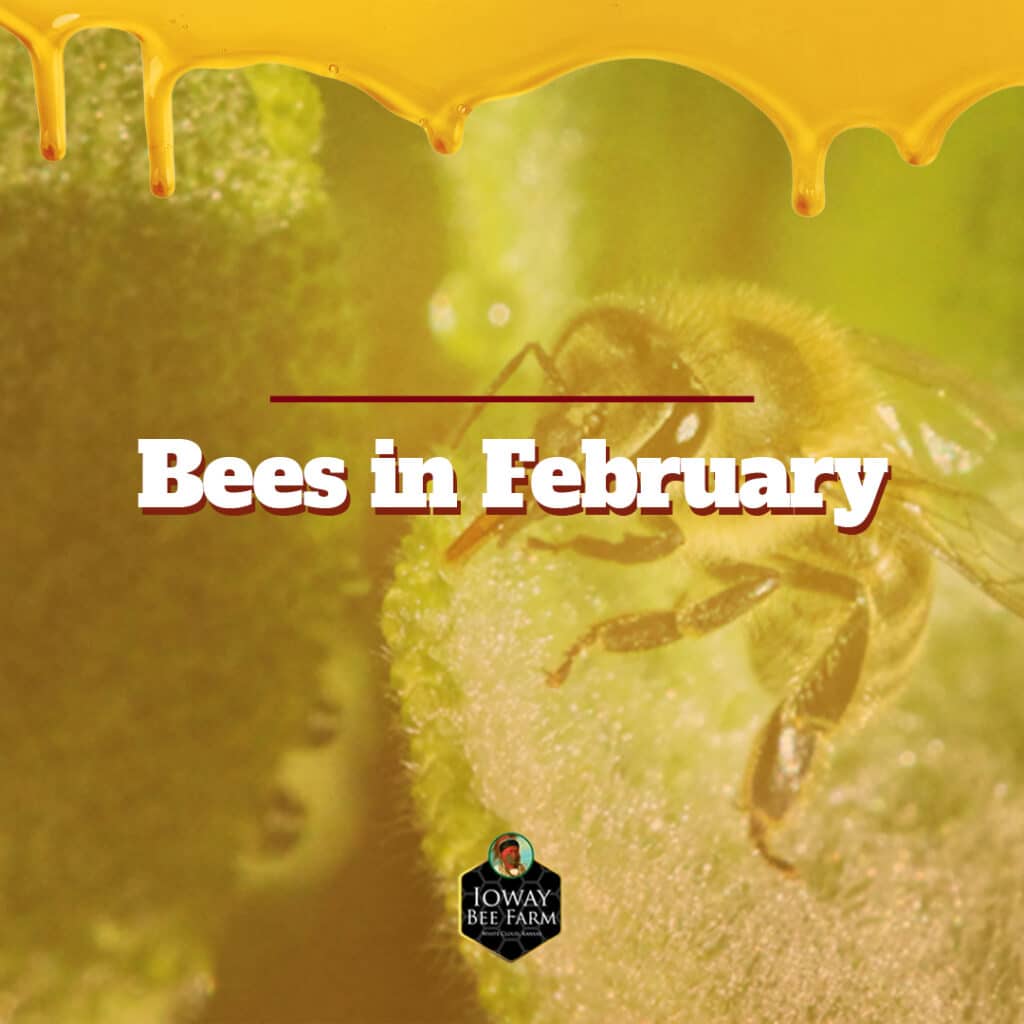Bees in February
Bees in February

Welcome February! We are back to talk about the bee lifestyle during this month.
So February is basically an extension of January and its activities. During this time, days and nights are still cold but there are times when the weather is also warm. On warm days, the temperature affects the bees in which these creatures will go out their hives to find pollen. In early February, the adult population may be around 10,000 bees, but by the end of the month, it will likely be closer to 18,000.
If you should know, pollen is in high demand during the month of February. Bees need the protein to feed their larva. Tip for beekeepers, you have to check the hive sometime around the middle of February, approximately February 15 to quickly assess the food situation. A good sign would indicate that bees are bringing in pollen on their back legs. If there is no activity going on, it would mean that the bees are dead.
While you are checking the colony, closely monitor the mites. Take a half cup bee sample and do either a powdered sugar shake or alcohol wash to determine the mite load. Reducing the amount of mites will give the colony a huge advantage in the long run. At the same time, you will have healthier bees, a better honey harvest, and a much greater chance of surviving another year.
February is a great time to prepare bees for a new location. Since March is a big month for the bees, take this month to make last minute preparations. And for your information, late February is the time to assess the health of your bees. If everything is well, feed sugar syrup or protein patties to kick start colony growth.
